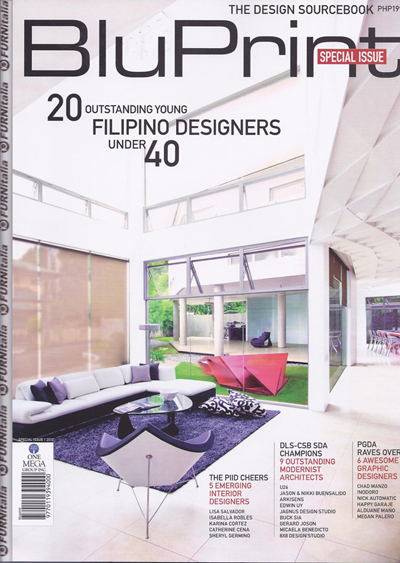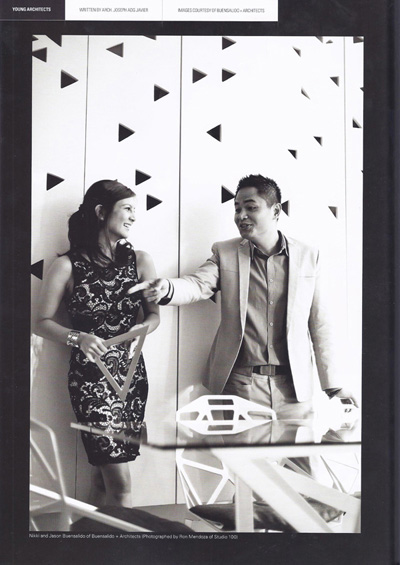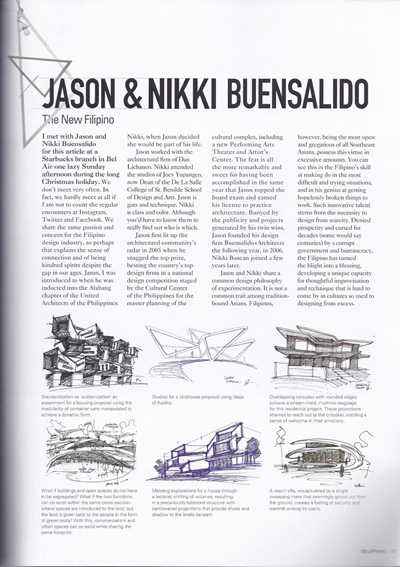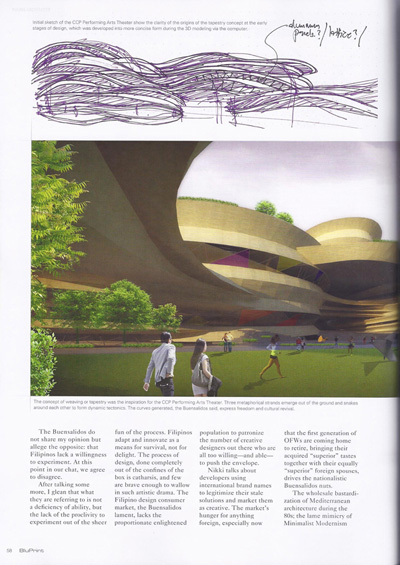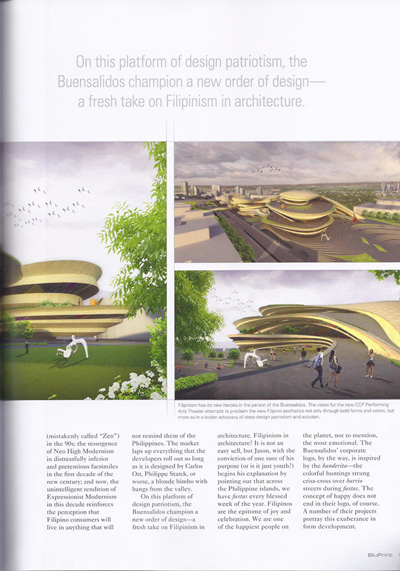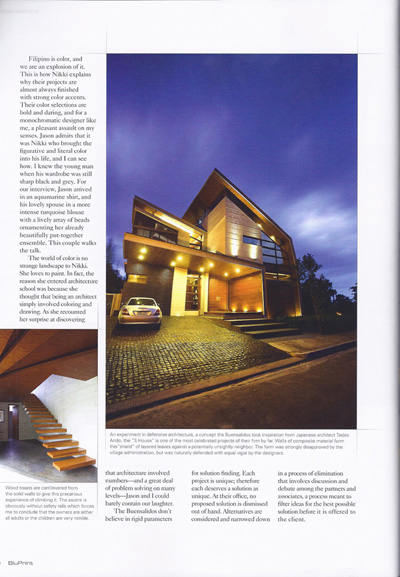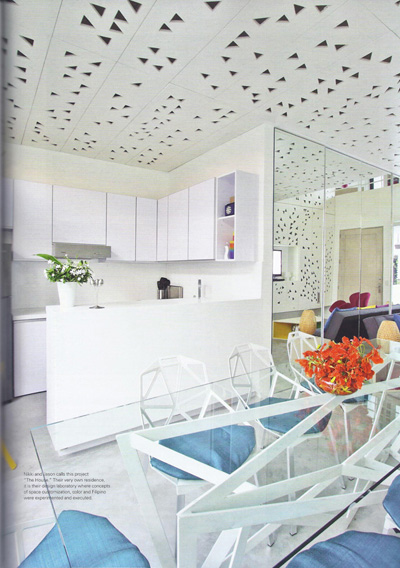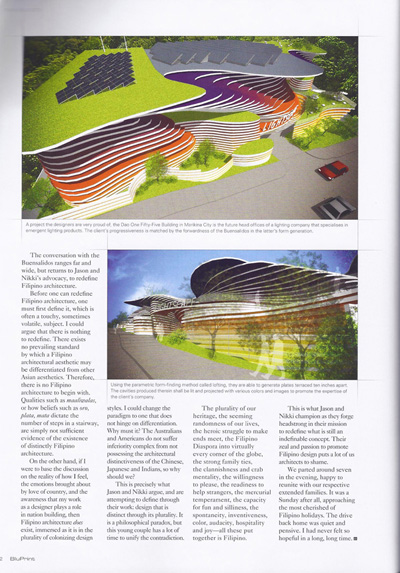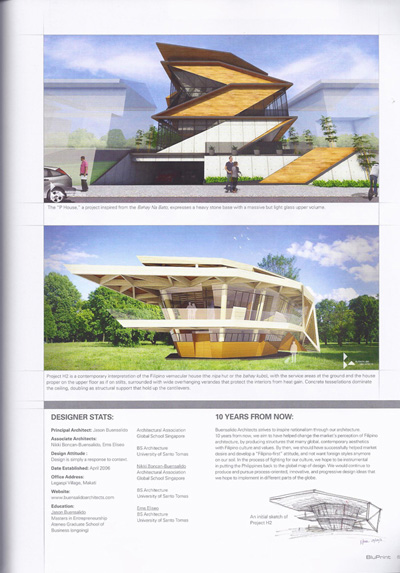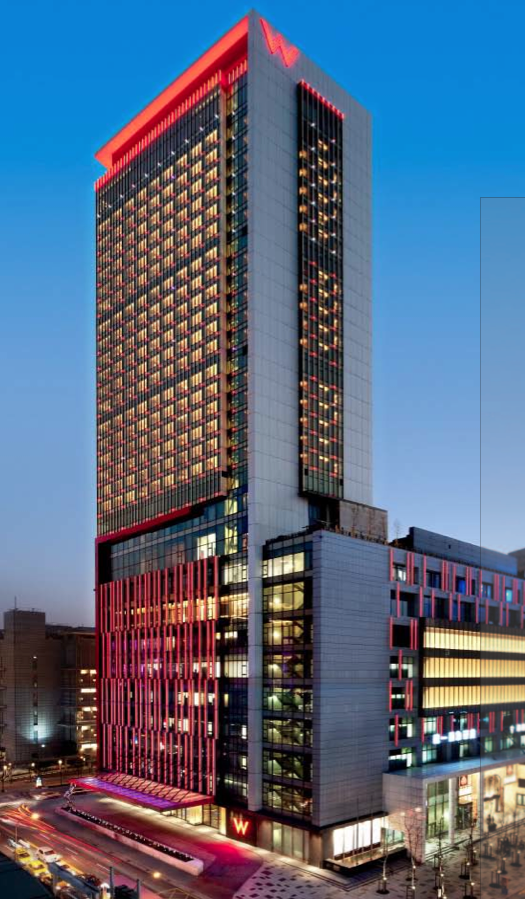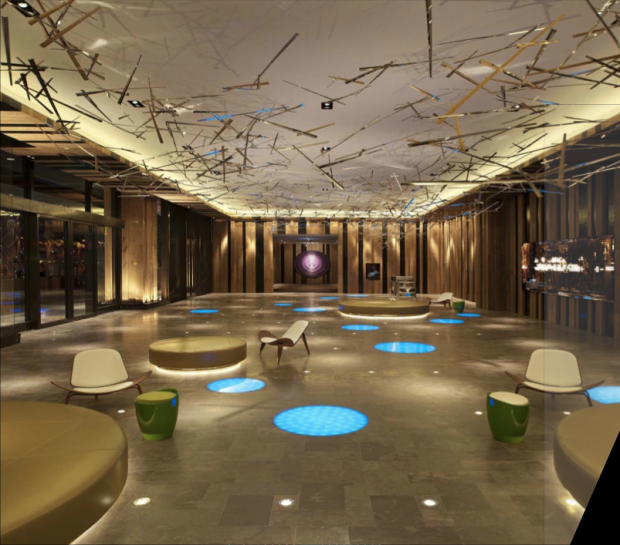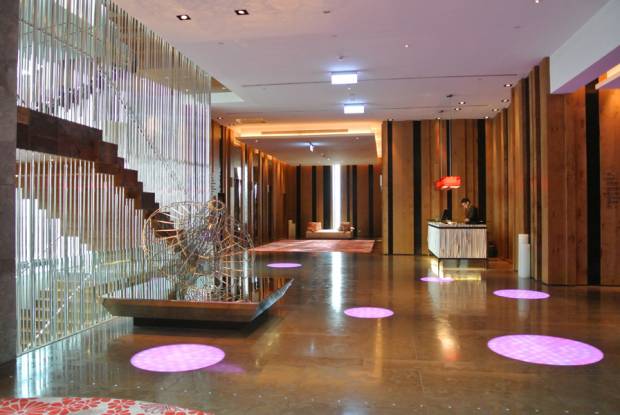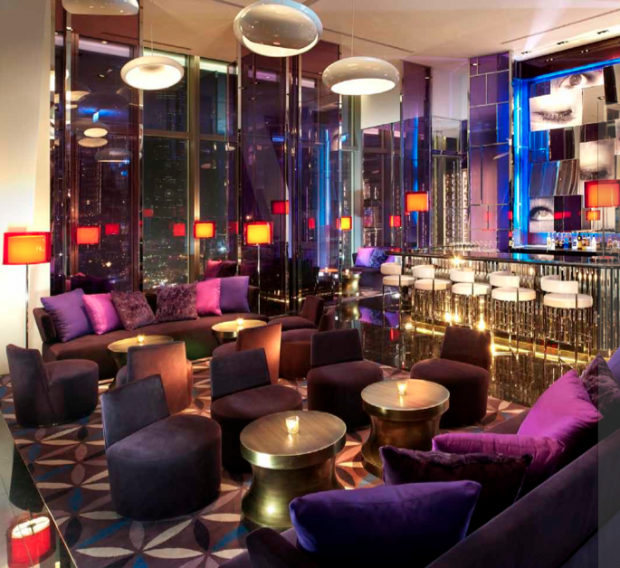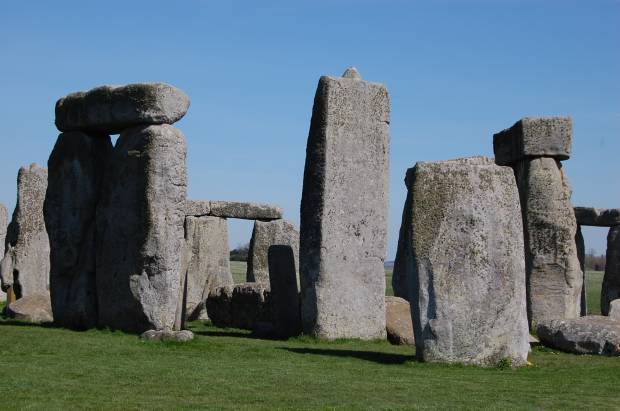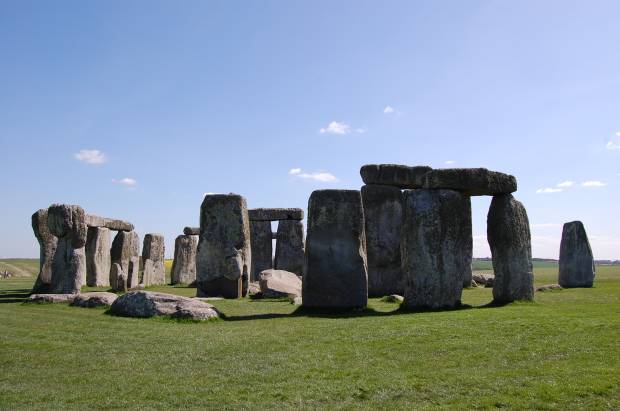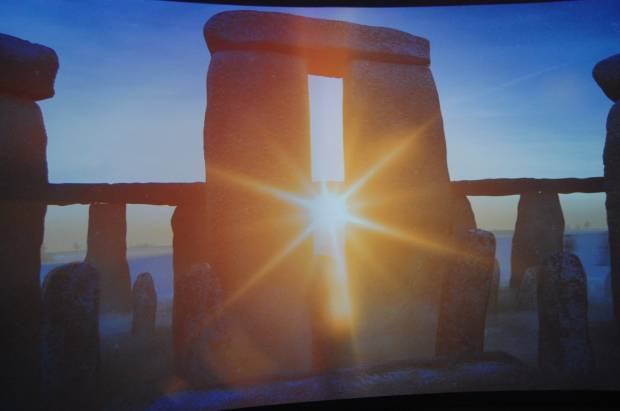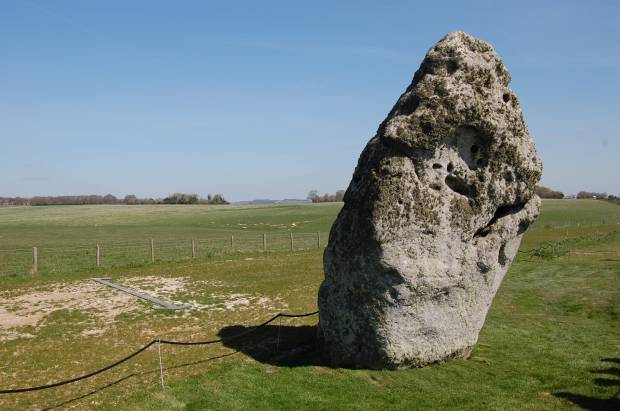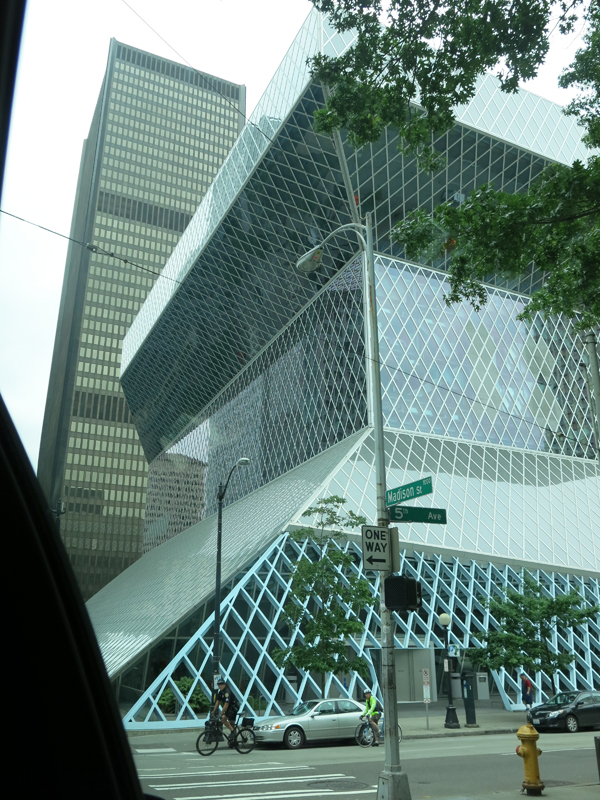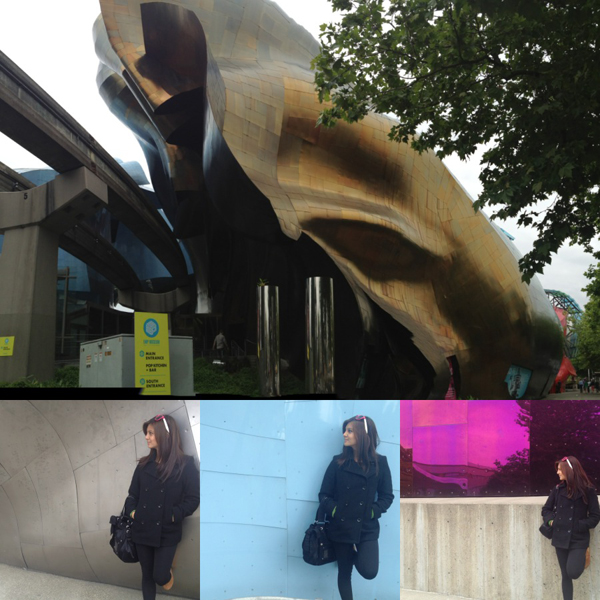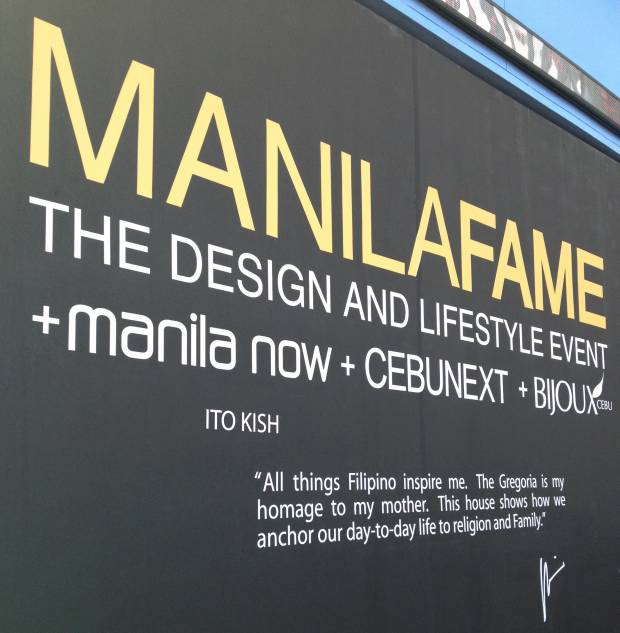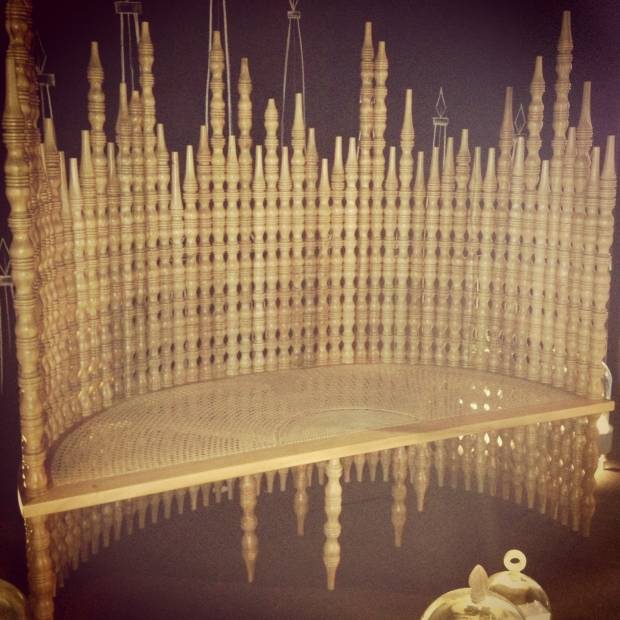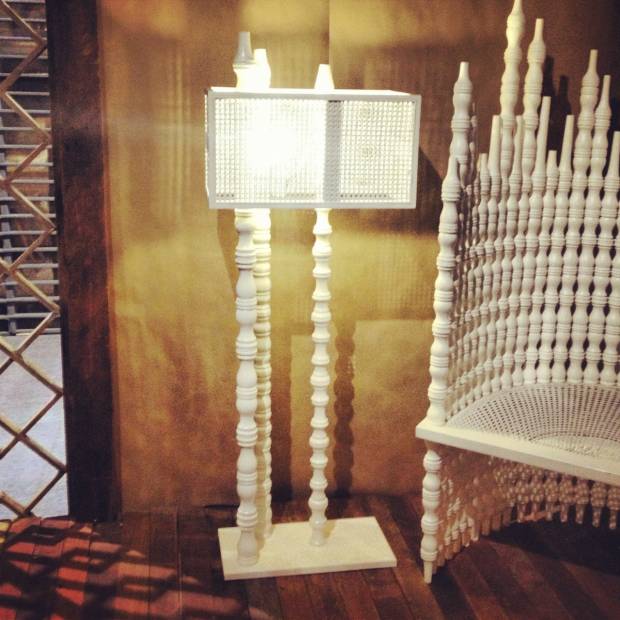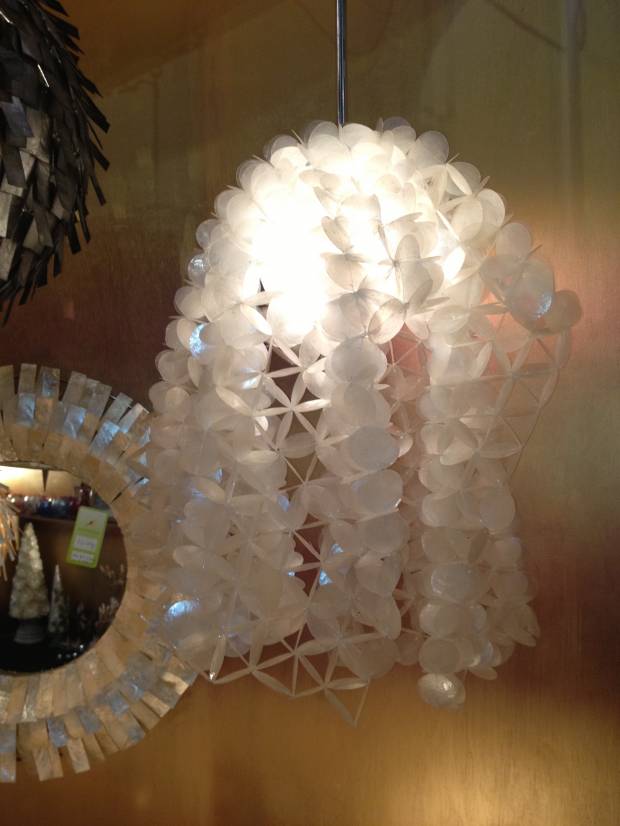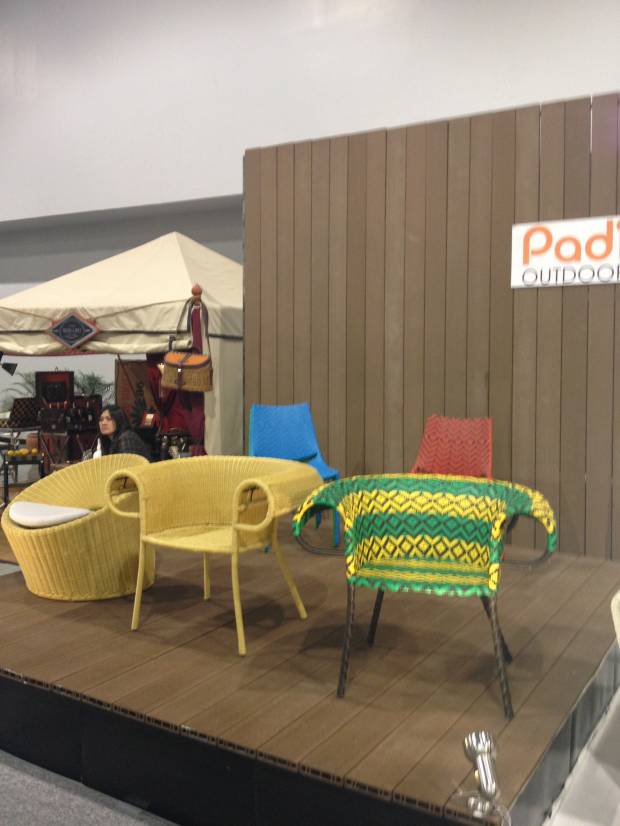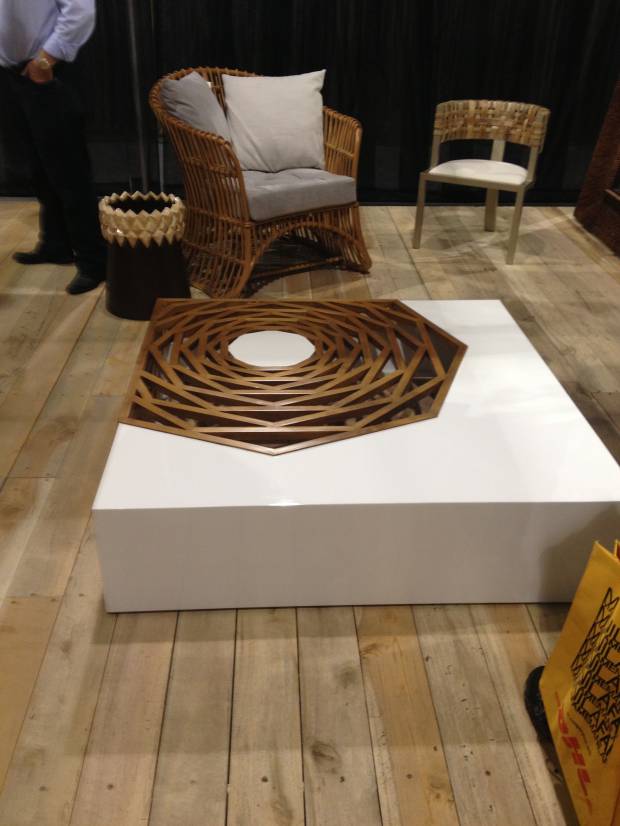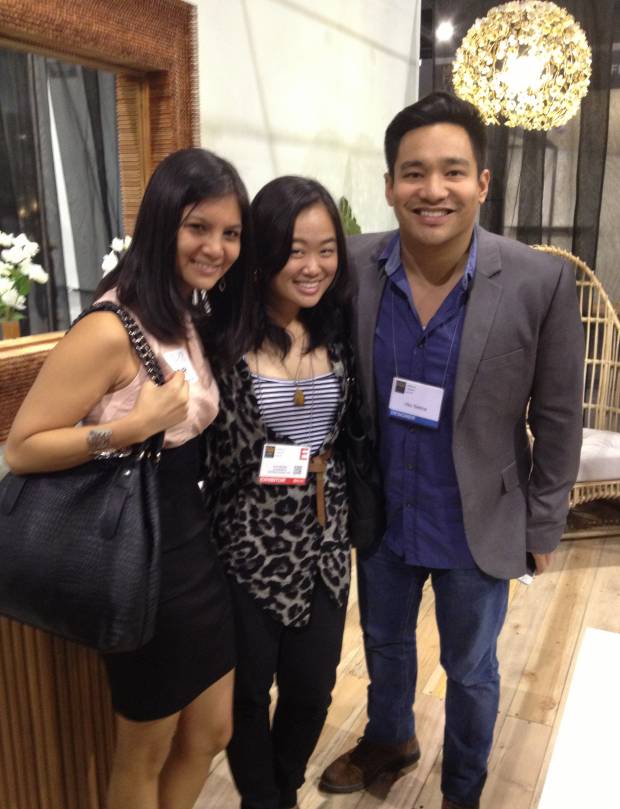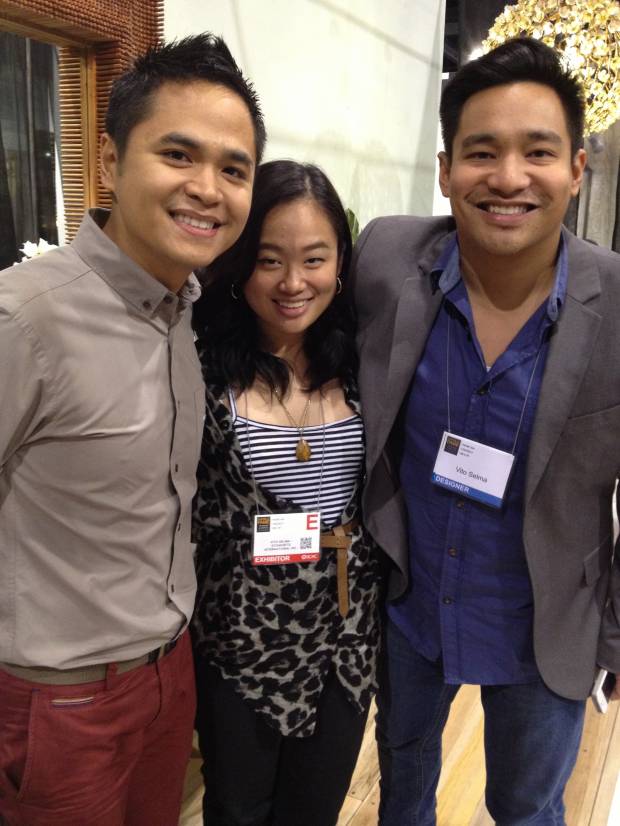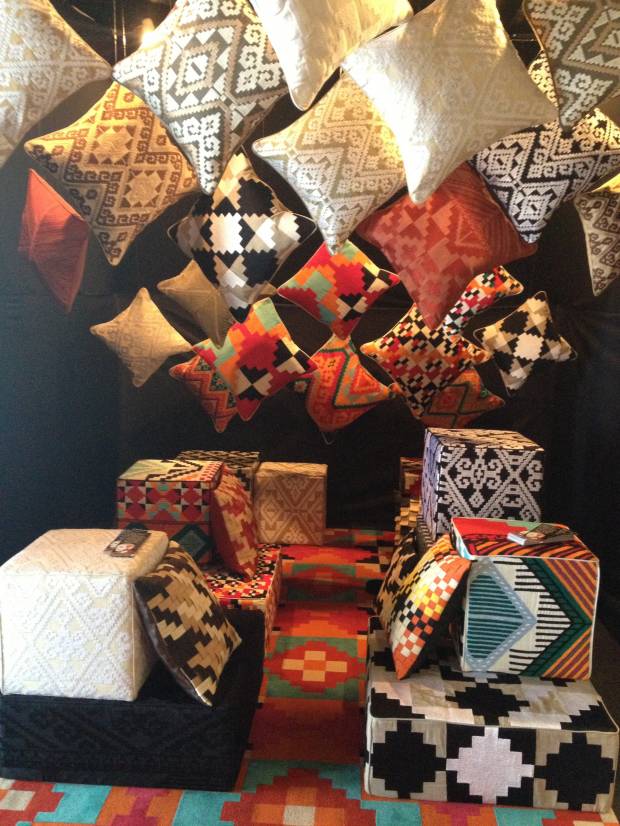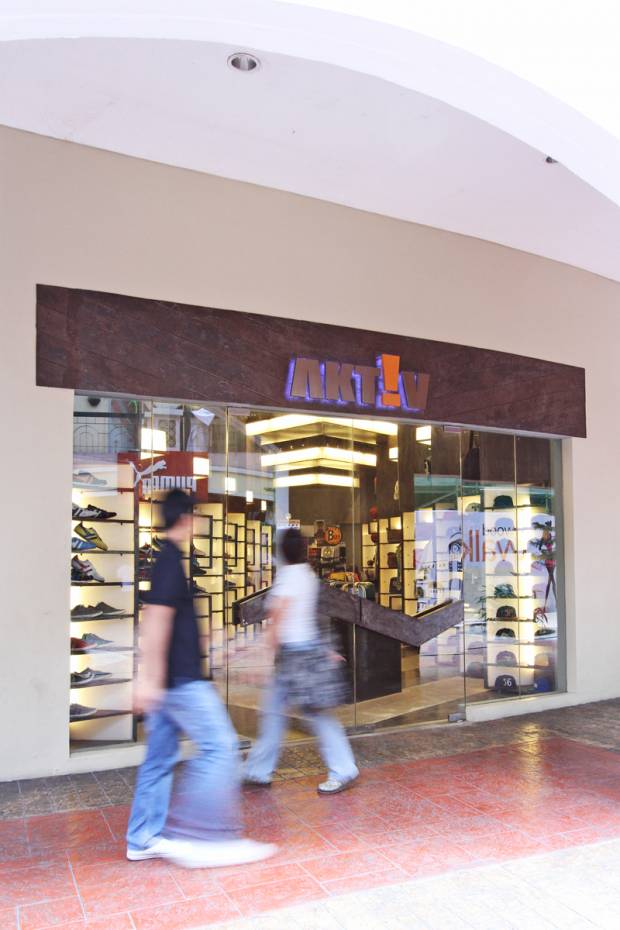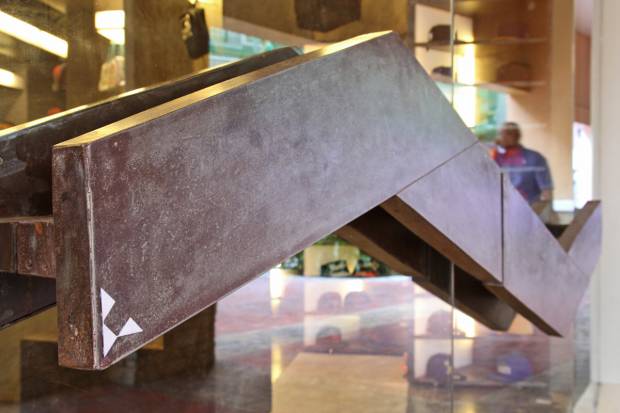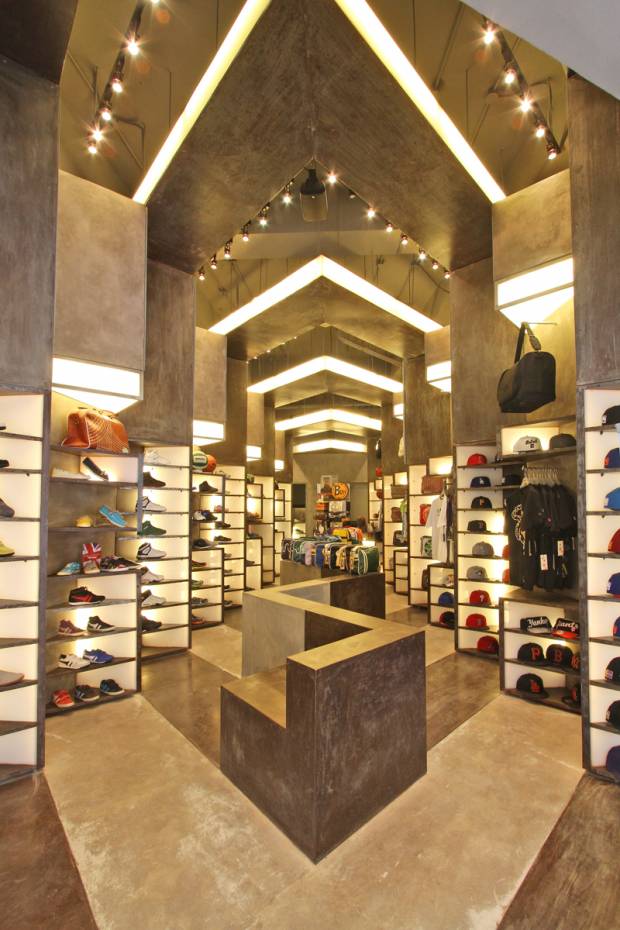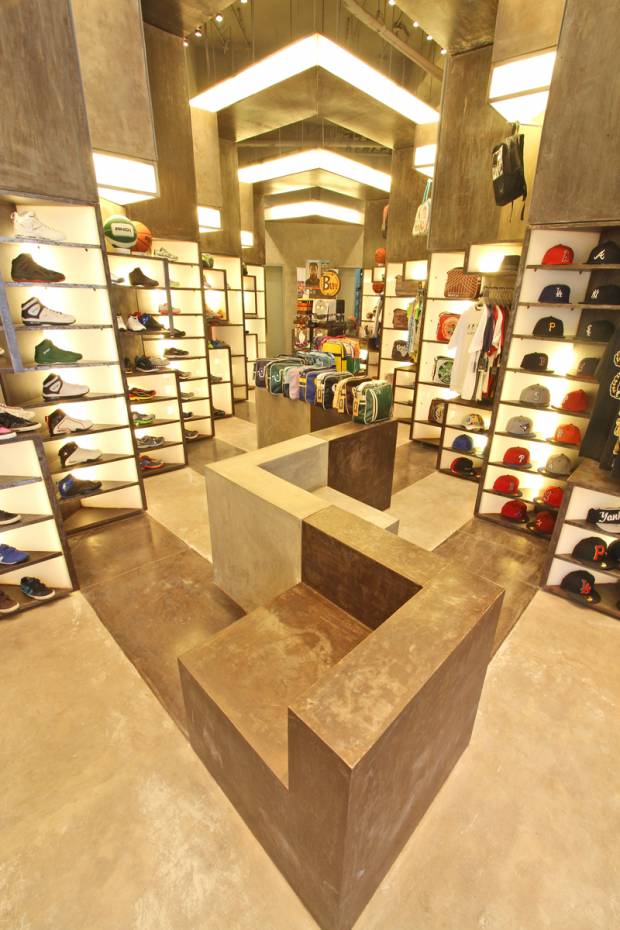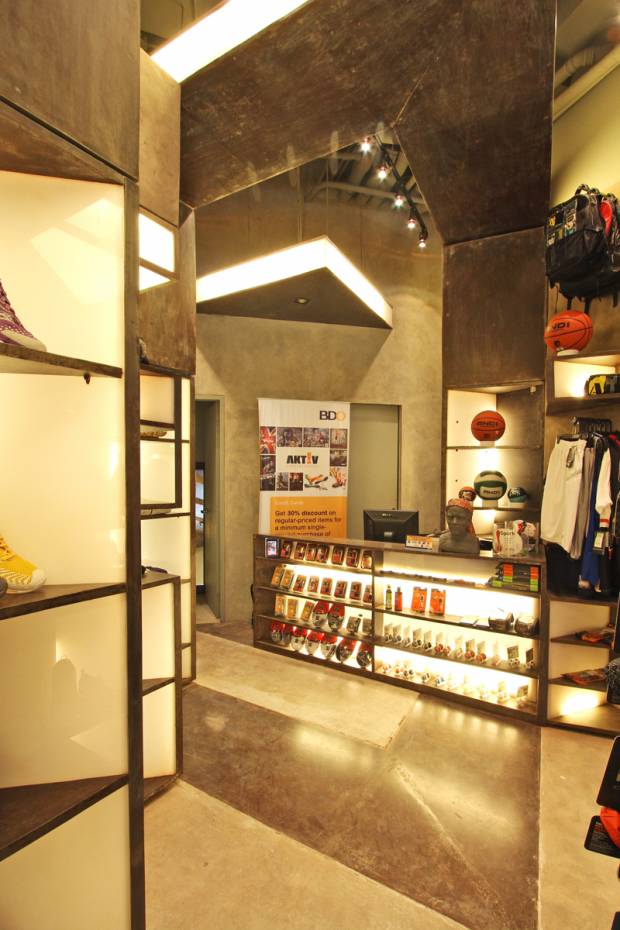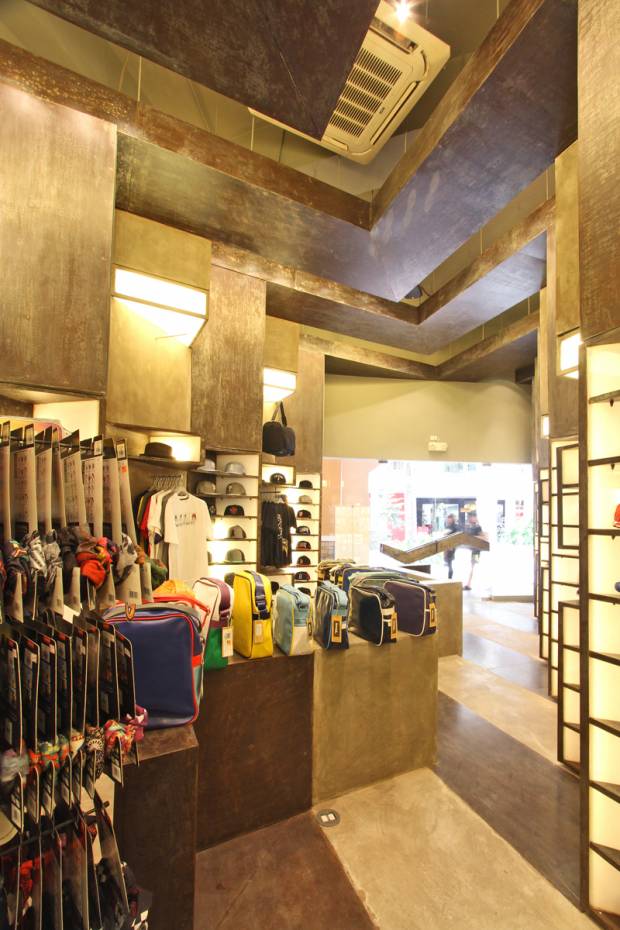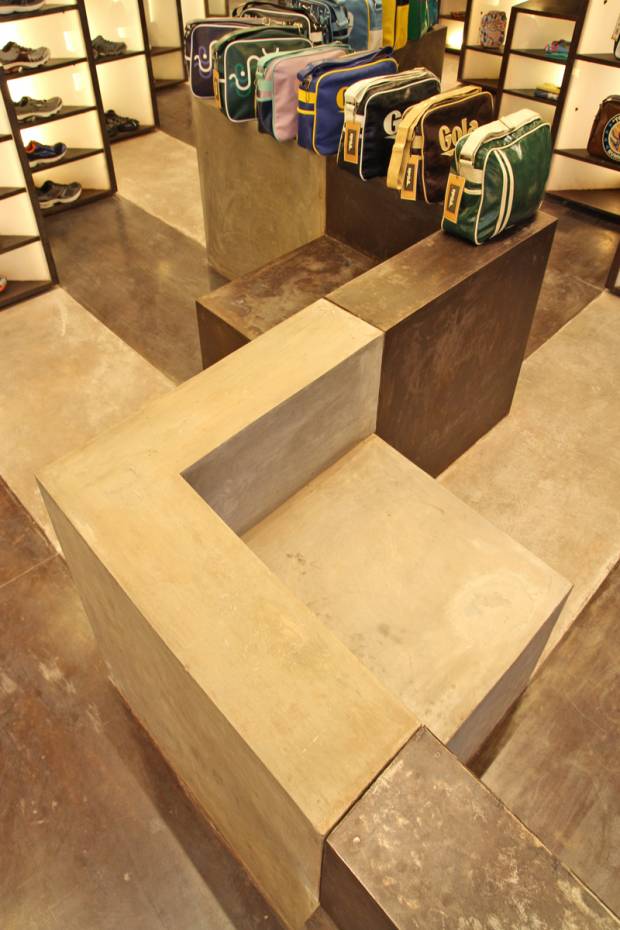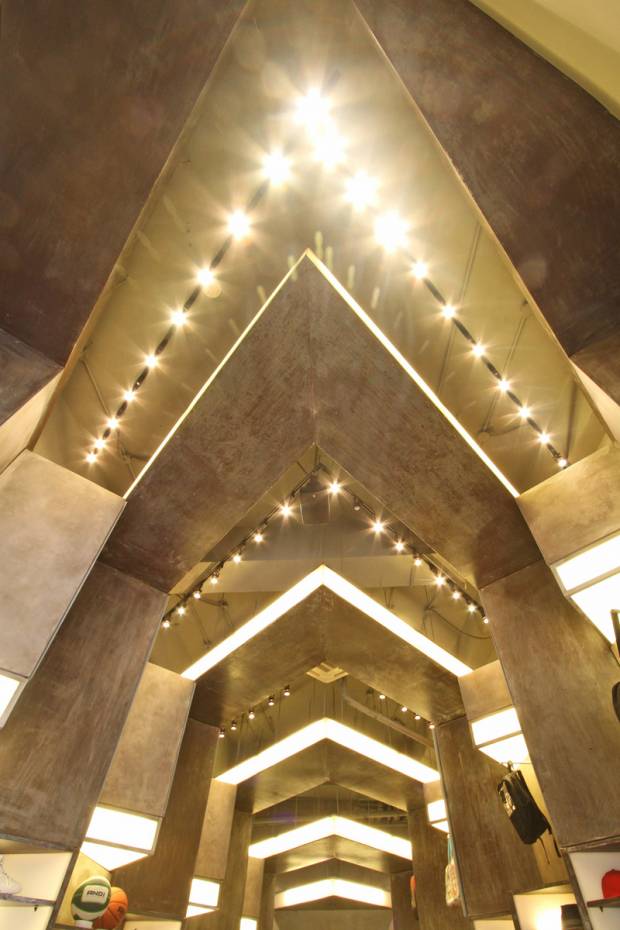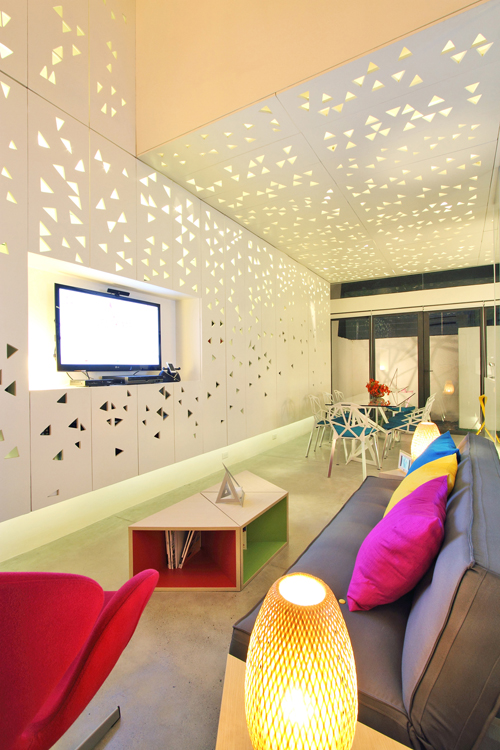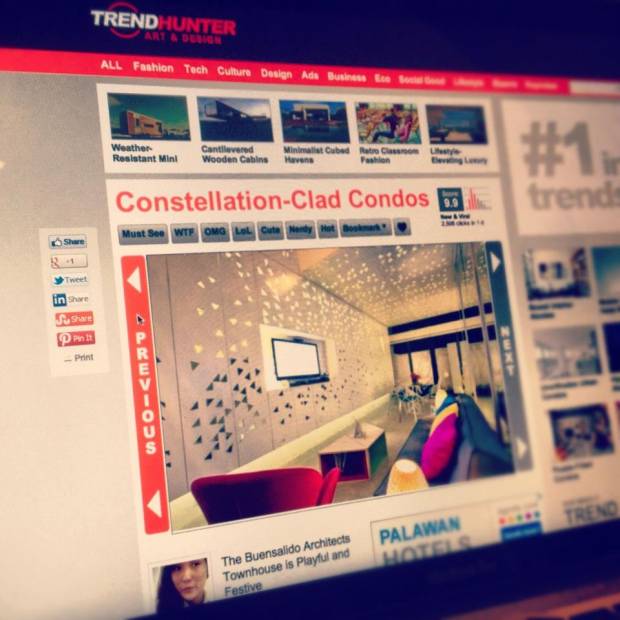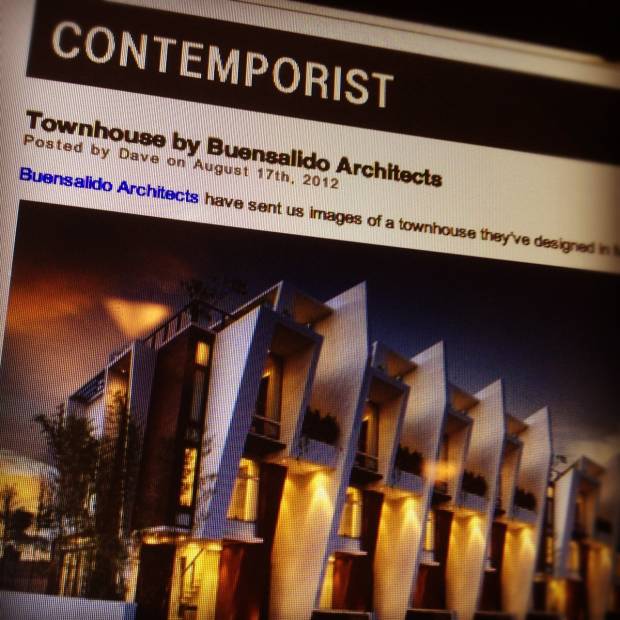Text and Photos by Nikki Boncan- Buensalido , As seen in Urban Monologues 2.0, Business Mirror Newspaper (2014)
“To all travelers long and short haul. To the weary, the wise and the bleary-eyed. To the suits, weekenders, fashion baggers and affair- havers. To the explorers, adventurers and dreamers. To all locals of the world from Amsterdam, Boston and Cairo to Zagreb. To all who travel the world with wide eyes and big hearts. To all who are independent yet united in a desire for positive traveling. To those who are smarter than a dolphin with a university degree and realize you can have luxury for not too much cash. To those who need a good bed, a cold drink and big fluffy towels. To all who are mobile citizens of the world. Citizen M welcomes you all.” This is wall mural is what greets you first at the interactive, designer chic self-service check-in counter at citizenM. The philosophy of citizemM (or Citizen Mobile) is enough to hold a first impression and make it last.
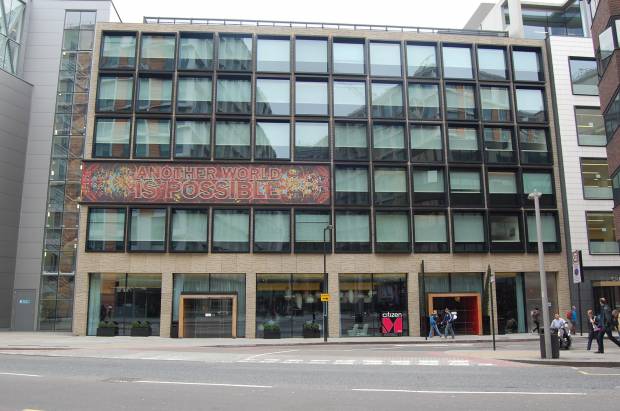
CitizenM’s building exterior blends in with the surroundings save for a few pull out box windows and the signage that says “Another World is Possible.” Strong statement.
I first heard of citizenM at the World Architecture Festival in Singapore last year. It won the World Architecture Award for Hotel and Leisure. Designed by Amsterdam based firm Conrete Architectural Associates, citizenM is a Dutch hotel group that opened their first hotel at the Schiphol Airport in Amsterdam in 2008. Today, the hotel chain has expanded to Glasgow, Rotterdam, London, New York and soon, Paris.
CitizenM offers mobile citizens of the world affordable luxury in the heart of the city. They were able to carry forth this vision by stripping the hotel off all hidden costs and unnecessary items but at the same time, provide a luxurious atmosphere throughout the hotel for a very affordable price.
My latest adventure was a quick trip to London with my husband and we decided to try citizenM as our home away from home. Right in the middle of Southwark’s neighborhood, quietly stands citizenM. The building’s exterior does not scream out and take attention away from the neighborhood but a designer will get a feel of its quirkiness in the smallest details such as the simple play of the façade windows and the signage. The lobby however is a different story. As soon as you enter the building, a new world opens up and envelopes you right away. Everything in the lobby was a sensorial FEAST! It blasted out colors, shapes, sizes, information, emotion, movement, warmth, comfort – name it, you could almost taste the vibe!
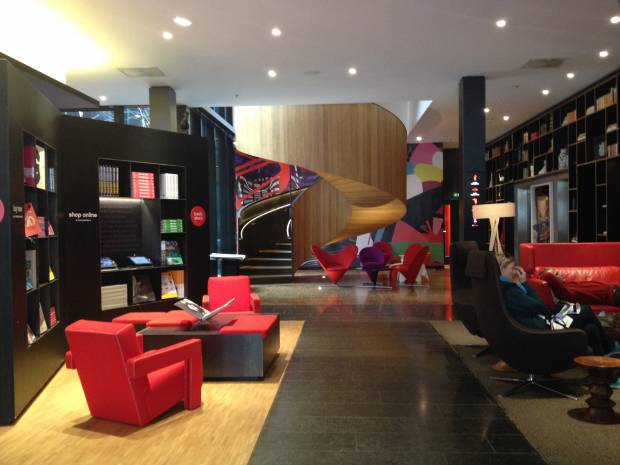
Upon entry into the building’s double doors, this is the sight that greets you. Oh, how my eyes lit up with all the color, designer furniture and shapes inside this space! The curve of the spiral staircase blends with the contours of the Heart Cone Chairs designed by Verner Panton for Vitra.
The lobby was very welcoming. It had a lot of colors and objects but it all came together coherently. It was very well planned and organized to be one big space separated by elements that tied the whole thing together. Right when you enter, a huge and expressive spiral staircase greets visitors at the end of the lobby surrounded by various chairs from well-known modern furniture company Vitra. The lobby, living room space, and food and beverage space complete with a bar and tables for eating or workstations tastefully fill the room. The public areas of the hotel are divided into different environments for work, socializing, relaxing and even to grab a local draught beer from the tap. Different designer furniture pieces formed vignettes throughout the space providing for ample seating and an extremely cozy atmosphere. Choices for the use of the lobby alone are endless – from a cozy fireplace all the way to a stylish café – you name it.
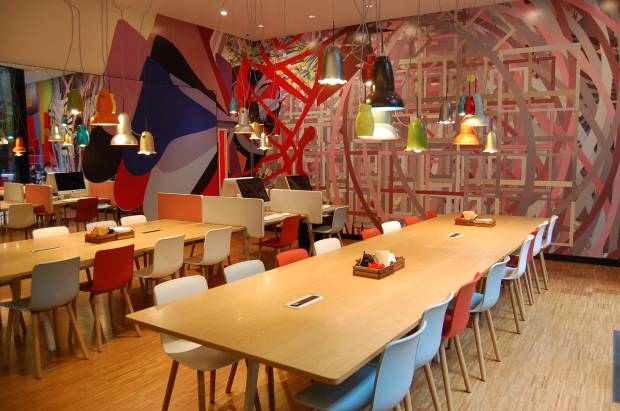
At citizenM, everyone is treated equally. Designed by the Bouroullec Brothers for Vitra, the dining tables and chairs against the mural backdrop, mirrors and mixed-matched complemented each other. What a way to start breakfast each day!
The lobby extends to an outdoor living room in the form of the courtyard. The courtyard in the middle of the space breaks the sudden bursts of energy. It acts as a beautiful oasis in the heart of the hotel and supplies natural light into the rooms above. The courtyard is also surrounded by terraces that are accessible from every floor which can be used for intimate outdoor get-togethers, drinks or simply to just inhale the fresh air. The hotel is also equipped with various meeting rooms that are accessible to the public. SocietyM, the public life of the hotel offers designer meeting rooms which are also fully equipped with WiFi and other gadgets for hip and happening business meetings.
The lobby is also equipped with canteenM, a 24/7pit-stop for hungry citizens for breakfast, lunch, cocktails, dinner and after dinner booze. Sushi, Signature sandwiches, warm dishes and a dozen drinks are available at any time. I had a pint of local black beer brewed with dark roasted barley and a hint of freshly ground Arabica coffee beans. Describing it again makes my mouth water! It tasted like heaven
The hotel has five more floors to accommodate guest rooms. Guest rooms are all the same as they treat everyone equally – there is only one size for the rooms all equipped with an XL King Sized bed. That’s 2.2 meters x 2.0 meters. I was literally swimming on the bed. All rooms also welcomed each guest personally as our names were flashing on the TV Screen when we entered the room. The rest of the room is small but very well planned and functional. Upon entry to the room on the right, a capsule that changes colors via LED lights welcome you. The capsule is the bathroom which is also equipped with a rain shower and personalized shampoo holders. I loved every detail of the welcome process because it felt as if someone was really talking to us. There were small signs casually explaining the purpose of everything inside the room. The room even came with a tablet that can control all the switches of the room from the curtains and roller shades, to the TV, to the air-conditioning and the lights. You can even control the color of the lights from the tablet. The room also features luxurious bed and bath linen, international plug systems, electronic blinds for the wall to wall windows which gives out enough natural light during the day, and even ambient lighting technology at night. Vitra Designer Furniture still adorns each and every room. There were even free movies available for us to watch. We didn’t want to leave the room!
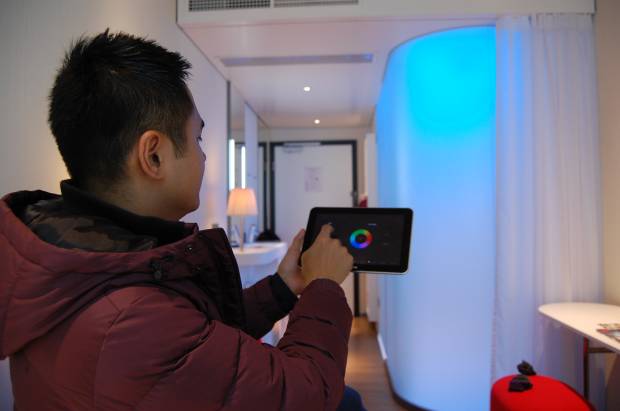
The entire room can be controlled by a touch screen tablet. You can control the lights, the mood of the room, the media console (complete with a movie library and a virtual DJ booth) and the roller shades too!
The Hotel Staff is one of the most dynamic, diverse and friendliest bunch of people we met on the trip. They come from different countries but seem to share a certain passion and love for design and the hotel. They all have big hearts with different stories to tell. On our last day, we met Enrique who originally hails from Spain and Eylem from Turkey who were both on duty as we arranged our transfers to the airport. They were warm and they made me want to stay on. What I liked the most was when Eylem shared that the hotel also exists to create memories and they would like to help create memories in every way possible to the best of their abilities.
As we did our self-check out the machine said good-bye after completing all the steps and wished us “safe travels wherever your next destination shall be.”
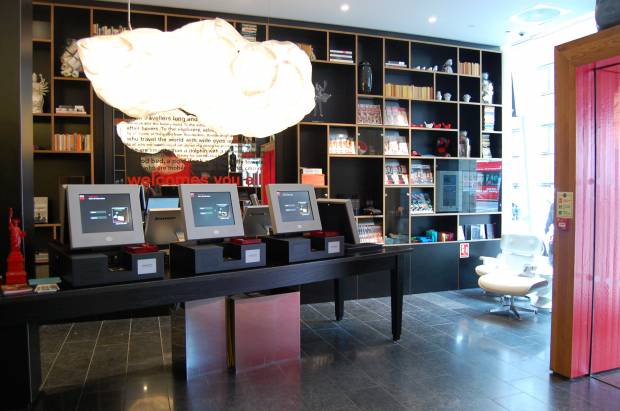
The Self- Service check-in counters are efficiently programmed. What set this apart from the other self-check in service computers is that somehow, they managed to still make the welcome feel personal coming from a machine. Hovering above the computers is a Mamma Cloud P Lamp designed by famous architect Frank Gehry also for Vitra
The hotel is truly a design haven and an oasis for youthful, adventurous travelers and businessmen alike. The structure is simple and the flow of the space efficiently planned. Infused with bursts of vibrant color and designer furniture plus open spaces, its impact on my memory is something that will not be quickly erased. It leaves an atmosphere that makes people happy and feel good about themselves and their environment. It is definitely a place to re-charge a creative mind and to inhale inspiration and new ideas.
To learn more about the other features of CitizenM Bankside in London, click here: http://citizenm-cms-l.cloudapp.net/destinations/london/london-bankside-hotel
I wonder where our next adventure will lead us.

